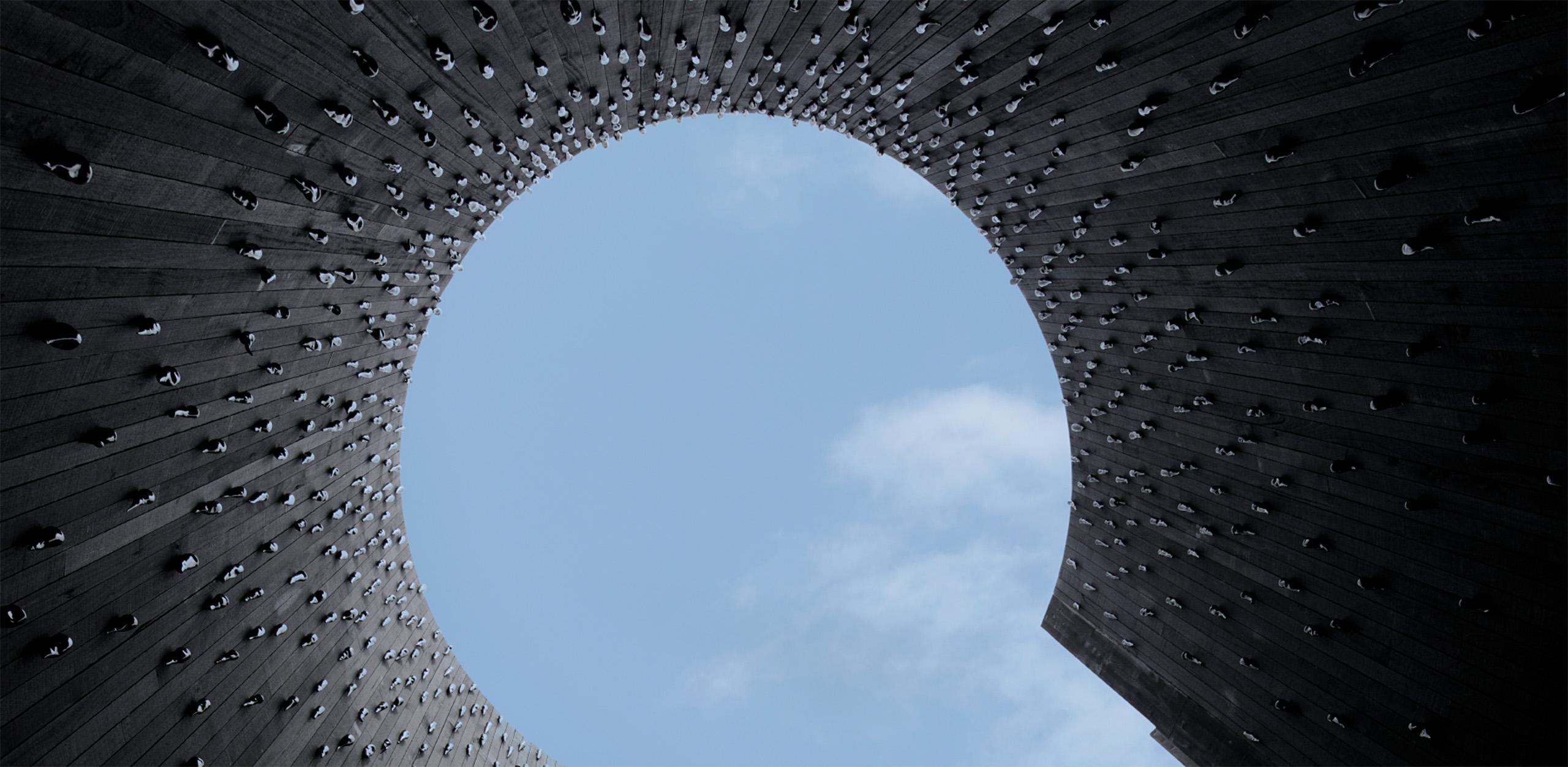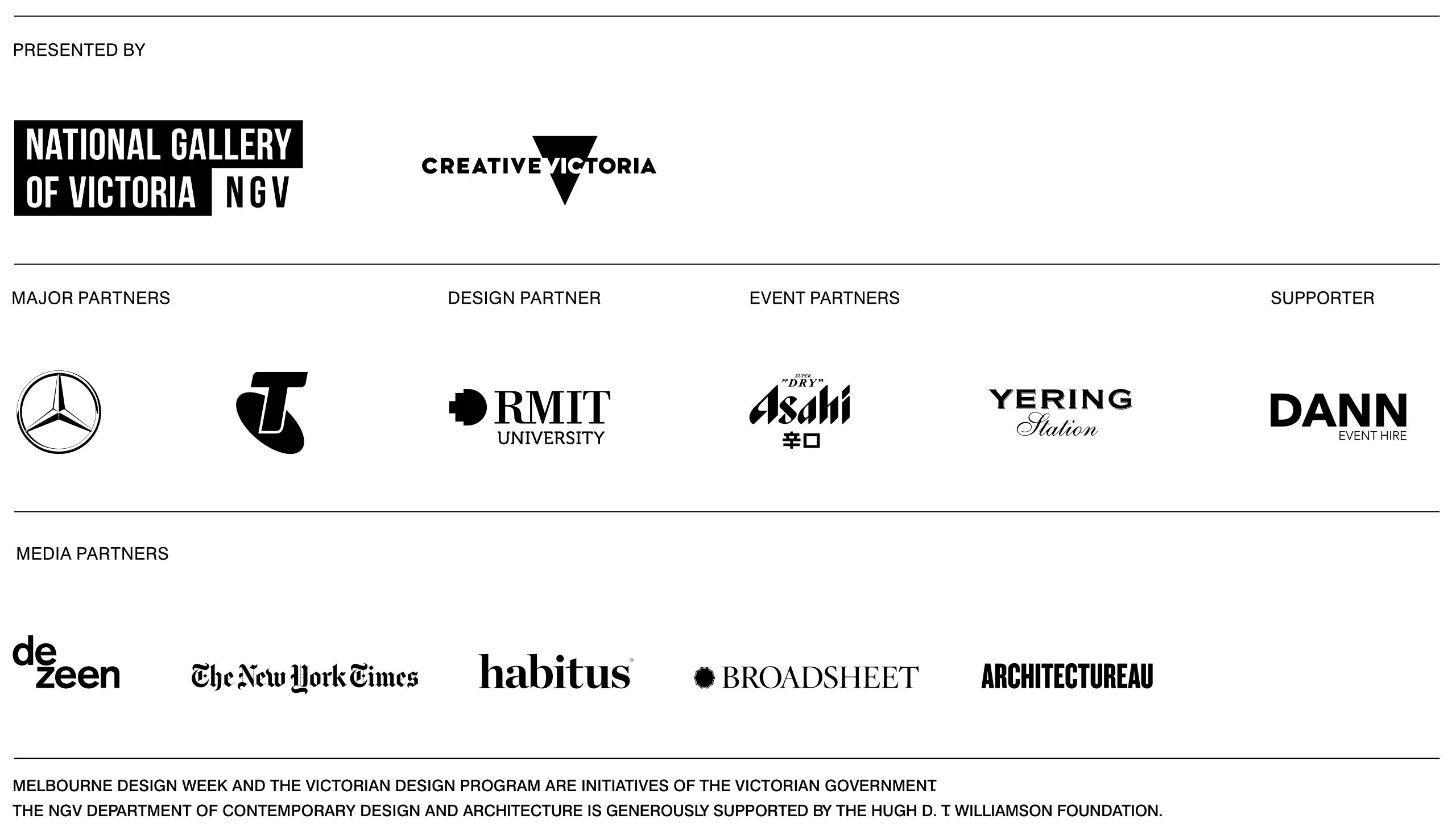
Melbourne Design Week 2020
12–22 Mar
About
In 2020, designers experiment with ideas, materials, places and processes to respond to the central question ‘How can design shape life?’
We can spend decades feeling that the world stands still. But in an instant the world can change forever through catalytic events. As ecological, economic and social issues converge, design can help us mitigate and respond to these complex problems by testing out possible scenarios, creating new ideas, and imagining the future before it arrives. Design can give us hope and be part of a solution.
In 2020, Melbourne Design Week explores the role of how design can shape life from big-picture thinking around global events to transforming the routines of everyday life. Melbourne Design Week explores the potential of design to shape life through five themes. Melbourne Design Week builds upon the success of its 2019 program through continuing its exploration of Victoria’s rivers, waterways and oceans with Open House Melbourne under the Waterfront program. The War on Waste continues with a special focus on e-waste. Design Cultures looks at the objects, experiences and beliefs that bind people together; Design Evolution highlights a new wave of design thinking; while the mental and physical pulse of our urban environment is checked in the thematic Healthy Cities.
This year Melbourne Design Week has expanded to over 300 events, but it holds to its core a Melbourne attitude rather than an aesthetic, in this expansion. This attitude is a responsibility for design to imagine and create better ways of doing things. You do not need to be a designer or from Melbourne or Victoria to have this attitude. Come along: talk, make, share, eat, discuss and listen. And most importantly, imagine a better life today.
Theme
The following provides a snapshot of the themes and big ideas that have emerged from the 300+ programs.
The War on Waste Continues
Climate change, waste and pollution are some of the defining moral issues of our time, spanning geographies and scale from whole ecosystems to individual consumer choices. This theme has a special focus on e-waste: phones, toys, electronics, lighting, or anything with a battery or a wire. Follow the supply chain – from the exploitation of natural resources to the meltdown, repair and recycling of consumer goods – in order to learn how to reduce waste.
Design Cultures
Life is shaped by contexts, beliefs, backgrounds and ideas that bring people together. How does design shape, and how is it shaped by, the multitude of cultures that exist in the world? How does design champion diverse cultural perspectives, tacit knowledge and cultural practices? Design itself is an act of cultural production.
Healthy Cities
More people live in cities than ever before. Cities offer profound economic and social opportunities but they also come with challenges, including social inequality, human isolation and housing unaffordability. Design increasingly takes on the role of redressing the problems of the city and proposes ways to improve health – both mental and physical – for humans, animals, plants and beyond.
Design Evolution
How will design transform our ways of life in the future? Designers are reimagining buildings, vehicles, products and garments made possible by innovative supply chains and groundbreaking materials. From speculative structures, systems and materials, to breakthrough approaches to practice, urban resilience and social impact, this theme advocates a new wave of design thinking.
Australian Furniture Design Award
The Australian Furniture Design Award (AFDA) is a biennial award that celebrates the most interesting furniture and lighting design being created in Australia today, with a particular emphasis on new design ideas, critical and creative thinking, sustainability, material development and research that explores innovative production processes.
2020 Winner
James Walsh, Anthropic bench 2020
Melbourne Art Book Fair
In 2020 MABF brings together ideas and practices that seek to explore the connections between art, design, publishing and language.
Partners

